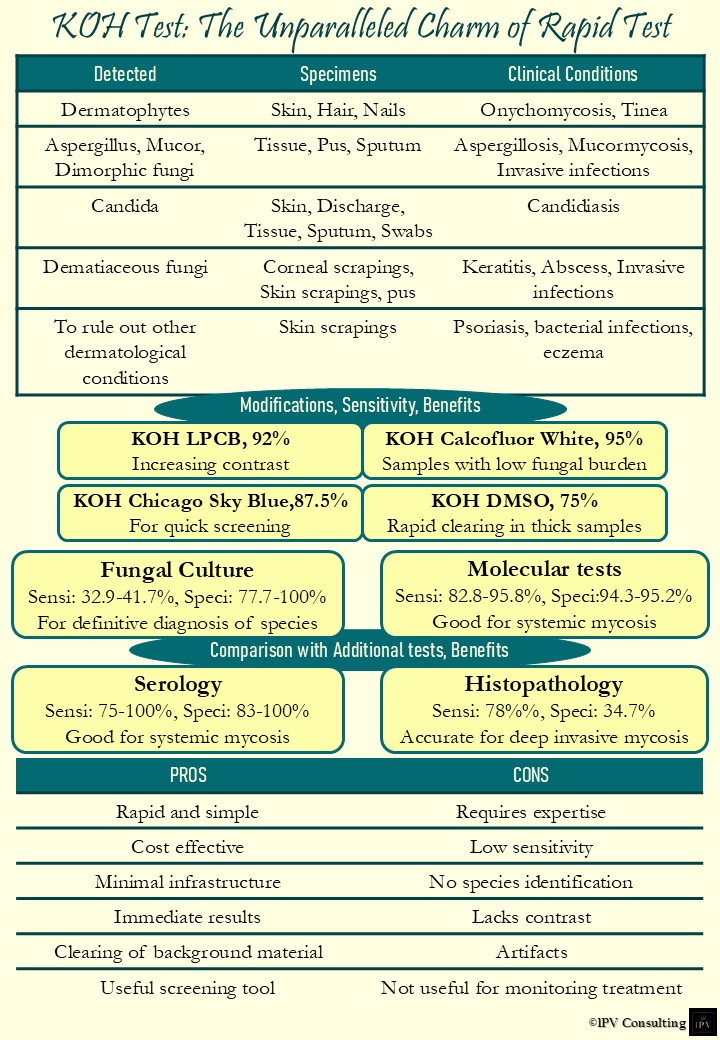Neurocysticercosis: Understanding the Diagnostic Puzzle
Neurocysticercosis is the most prevalent parasite disease affecting the human nervous system and a leading cause of seizures. Despite being a neglected tropical disease, it is no longer only found in endemic nations and presents a diagnostic difficulty because of its extremely varied clinical presentation.
Confirming the diagnosis presents significant challenges due to the limitations. Particularly in endemic areas with a high disease burden, serological tests may not identify the infection. In addition, clinical presentations and neuroimaging results are frequently non-specific. In areas where the disease is underreported or misdiagnosed, epidemiological studies are crucial to determining the true burden of the condition.
Neurocysticercosis is an infection that can be prevented and eradicated. However, current antiparasitic treatment is complicated because it creates severe, harmful inflammatory response that complicates therapy. Personalized medicine, which adapts treatment plans to each patient's unique situation, should be prioritize. The global public health community needs to put an effort to implement a multifaceted strategy that incorporates public education, improved diagnostic tools, public health surveillance and interdisciplinary research.
We are still working to solve the diagnostics conundrum but soon will decipher the code that helps in its prevention and eradication.
References
1. Butala C, Brook TM, Majekodunmi AO, Welburn SC. Neurocysticercosis: Current Perspectives on Diagnosis and Management. Front Vet Sci. 2021; 8: 615703.
2. White AC Jr, Coyle CM, Rajshekhar V, et al. Diagnosis and Treatment of Neurocysticercosis: 2017 Clinical Practice Guidelines by the Infectious Diseases Society of America (IDSA) and the American Society of Tropical Medicine and Hygiene (ASTMH). Clin Infect Dis. 2018;66(8): e49-e75.
3. Garcia HH, Nash TE, Del Brutto OH. Clinical symptoms, diagnosis, and treatment of neurocysticercosis. Lancet Neurol. 2014;13(12):1202-1215.
4. Nash TE, Garcia HH. Diagnosis and treatment of neurocysticercosis. Nat Rev Neurol. 2011;7(10):584-594.
5. Satyaprakash K, Khan WA, Zade NN, et al. Serological and molecular detection of neurocysticercosis among epileptic patients in Nagpur, Maharashtra state (India). Helminthologia. 2023;60(3):208-220.
6. Del Brutto OH, Rajshekhar V, White AC Jr, et al. Proposed diagnostic criteria for neurocysticercosis. Neurology. 2001;57(2):177-183.
7. Hurła M, Pikor D, Kościelecka K, Drelichowska A, Banaszek N, Paul M. Neurocysticercosis—Diagnostic Mystery: Current Status for Europe. BioMed. 2024; 4(3):302-313.






